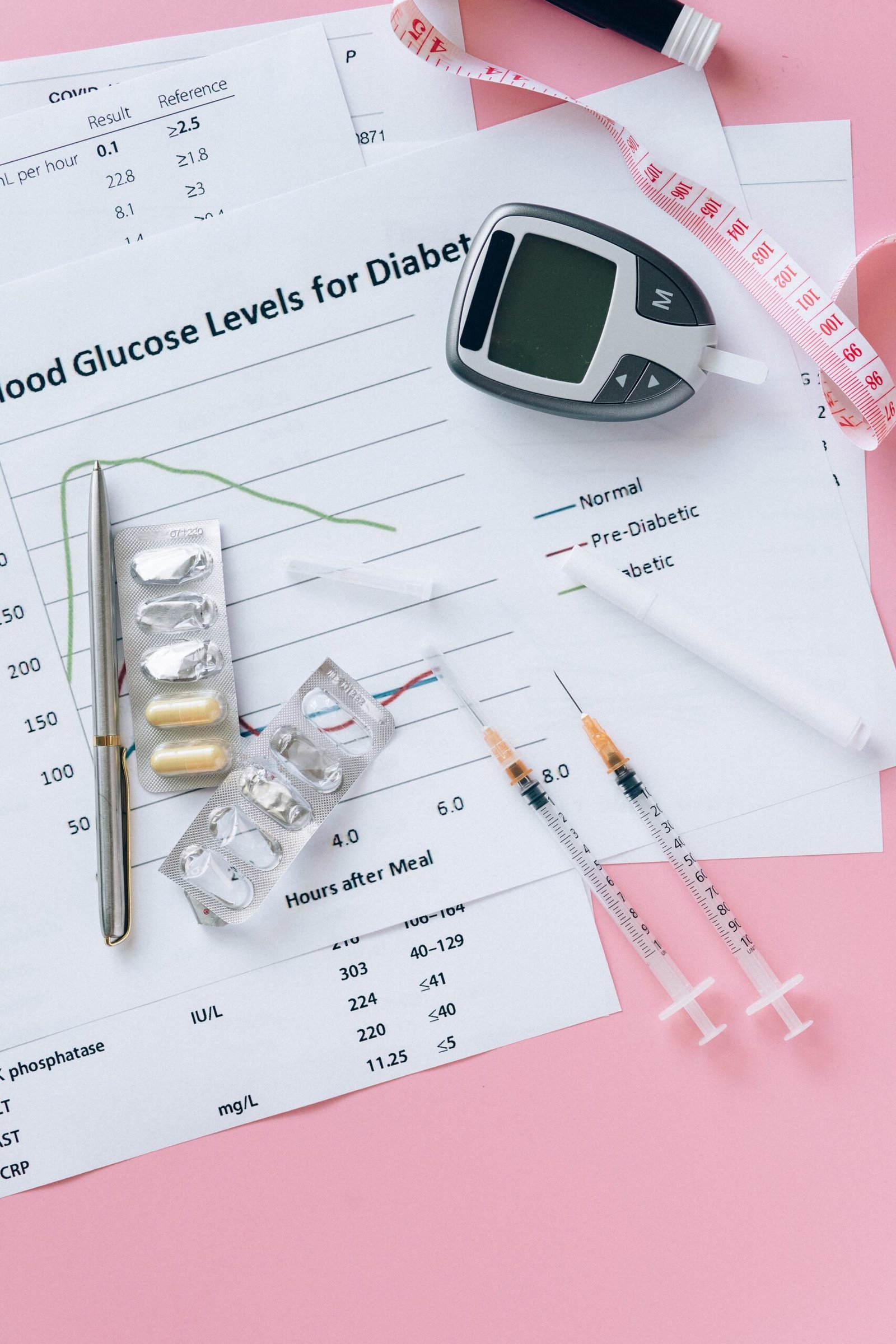
How to Recognize the Symptoms (and Risk Factors) of Pre-Diabetes
Spotting the early warning signs of pre-diabetes is crucial for preventing the onset of diabetes. By recognizing these symptoms, individuals can take proactive measures to keep diabetes at bay. This article will delve into the eight primary symptoms that indicate pre-diabetes. With this knowledge, you can take proactive measures and hopefully avoid Type II Diabetes altogether.
We will also mention six risk factors associated with diabetes and how they can impact your susceptibility. So, join us as we navigate through the mysterious world of pre-diabetes, equipping you with the tools to safeguard your health and well-being.
Early Signs of Diabetes
Discovering and taking notice of early signs of diabetes gives you a fighting chance of preventing it altogether. We are not doctors, so please ensure to consult a physician if you think you may have pre-diabetes. Pay particular attention to these eight symptoms that could indicate pre-diabetes:
- Excessive Thirst: It may be a sign of pre-diabetes if you feel excessively thirsty, not just after intense exercise or in hot weather.
- Dry Mouth: Constantly having a dry mouth, even after drinking, can indicate pre-diabetes.
- Frequent Urination: If you urinate frequently, it may be a pre-diabetes symptom.
- Unexplained Weight Loss or Gain: Unexpected weight loss or gain, even if you have increased hunger and a balanced diet, could be associated with pre-diabetes.
- Fatigue and Lack of Energy: Feeling tired and lacking energy consistently may be a pre-diabetes symptom.
- Blurry Vision: Sometimes, pre-diabetes can cause temporary blurry vision. Regular eye checks are essential to identify potential eye problems associated with diabetes.
- Slow-Healing Cuts or Bruises: If you have cuts, sores, or bruises that take a long time to heal, especially on your feet, it might indicate pre-diabetes.
- Genital Infections or Itching: Excessive itching, soreness in the genital area, or recurring yeast infections could be signs of elevated sugar levels in urine, potentially indicating pre-diabetes.
Risk Factors Associated with Diabetes
In addition to recognizing these symptoms, one must consider the risk factors associated with diabetes. Risk factors are, for the most part, out of our control. However, knowing that you may be in a specific risk group will allow you to inform your doctor of them. The essential factors you will want to remember are:
- Ethnic Background: Individuals with different backgrounds *MAY* have a higher risk of developing diabetes. Some studies have suggested that the following groups could have a higher risk:
African American, American Indian, Asian American, Pacific Islander, or Hispanic American/Latino. - Family History: You can change your habits, but you cannot change your genetics. If you have a parent, sibling, or close relative with diabetes, it could indicate an increase in the likelihood of developing the condition.
- Age and Weight: Being over 45 and overweight puts individuals at a higher risk of type 2 diabetes.
- Gestational Diabetes: Women who had gestational diabetes during pregnancy or gave birth to a baby weighing over 9 pounds *may* have an increased risk of developing diabetes later in life.
- High Blood Pressure: High blood pressure is a risk factor for diabetes.
- Poor Cholesterol Levels: Individuals with unhealthy cholesterol levels are also at an increased risk of developing diabetes.
It is crucial to stay vigilant and prioritize your health by recognizing these symptoms and risk factors associated with diabetes. Seeking medical advice and maintaining a healthy lifestyle can significantly reduce the risk of developing diabetes. Take charge of your health and prevent diabetes before it takes hold.
The best treatment for Type II DIabetes is never getting it in the first place. So please consider the early signs and risk factors and consider making changes in your life. Eating healthier and incorporating more exercise into your daily routine will make major strides in preventing diabetes. It isn’t as difficult or as much of a commitment as you might think. For some more detailed information, please read this article.
Note that while changing your diet and adding more exercise into your daily routine is an effective method for reducing the risk of type 2 diabetes, it is essential to consult with a healthcare professional before making any significant lifestyle changes or starting a new exercise routine, especially if you have any pre-existing health conditions.


